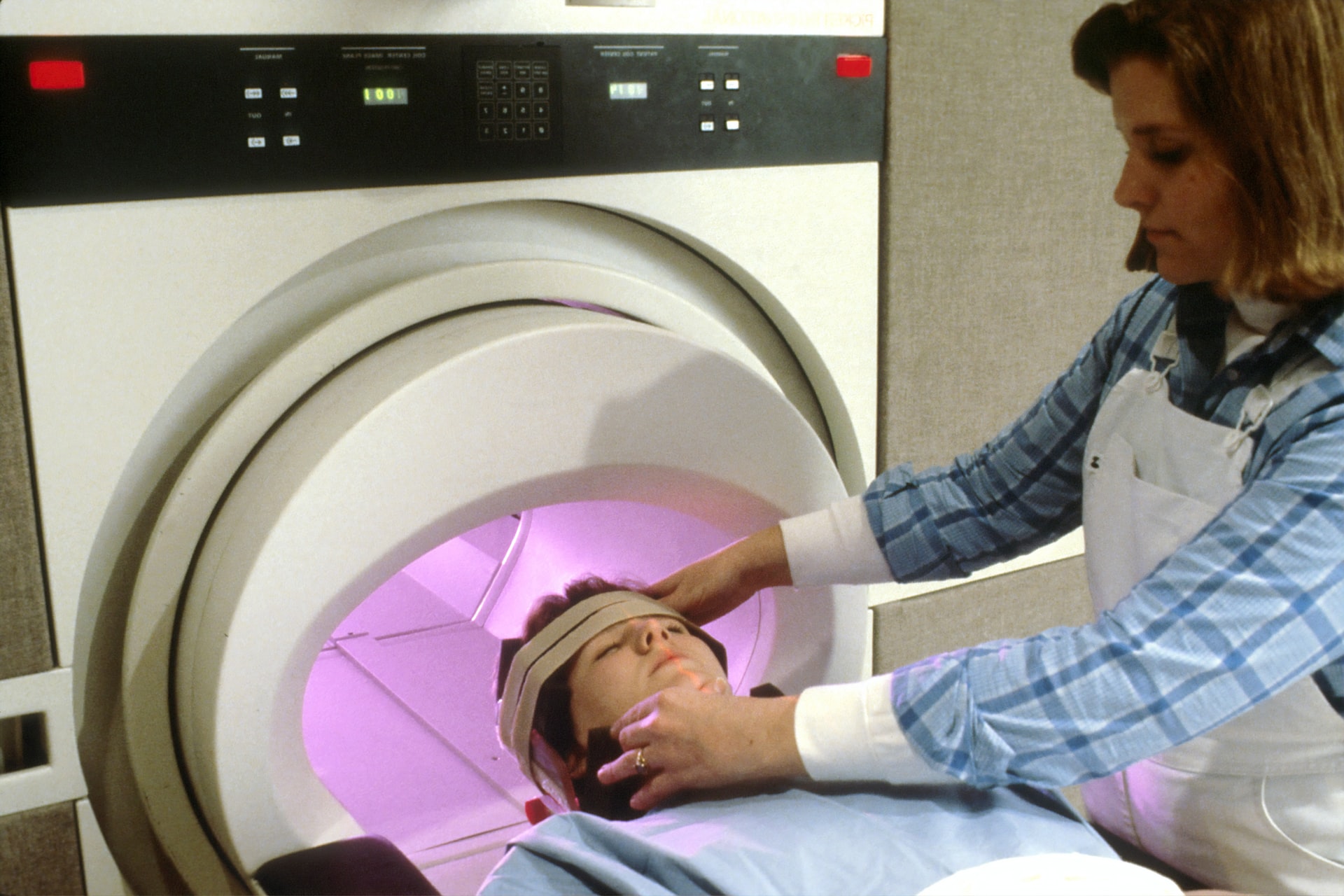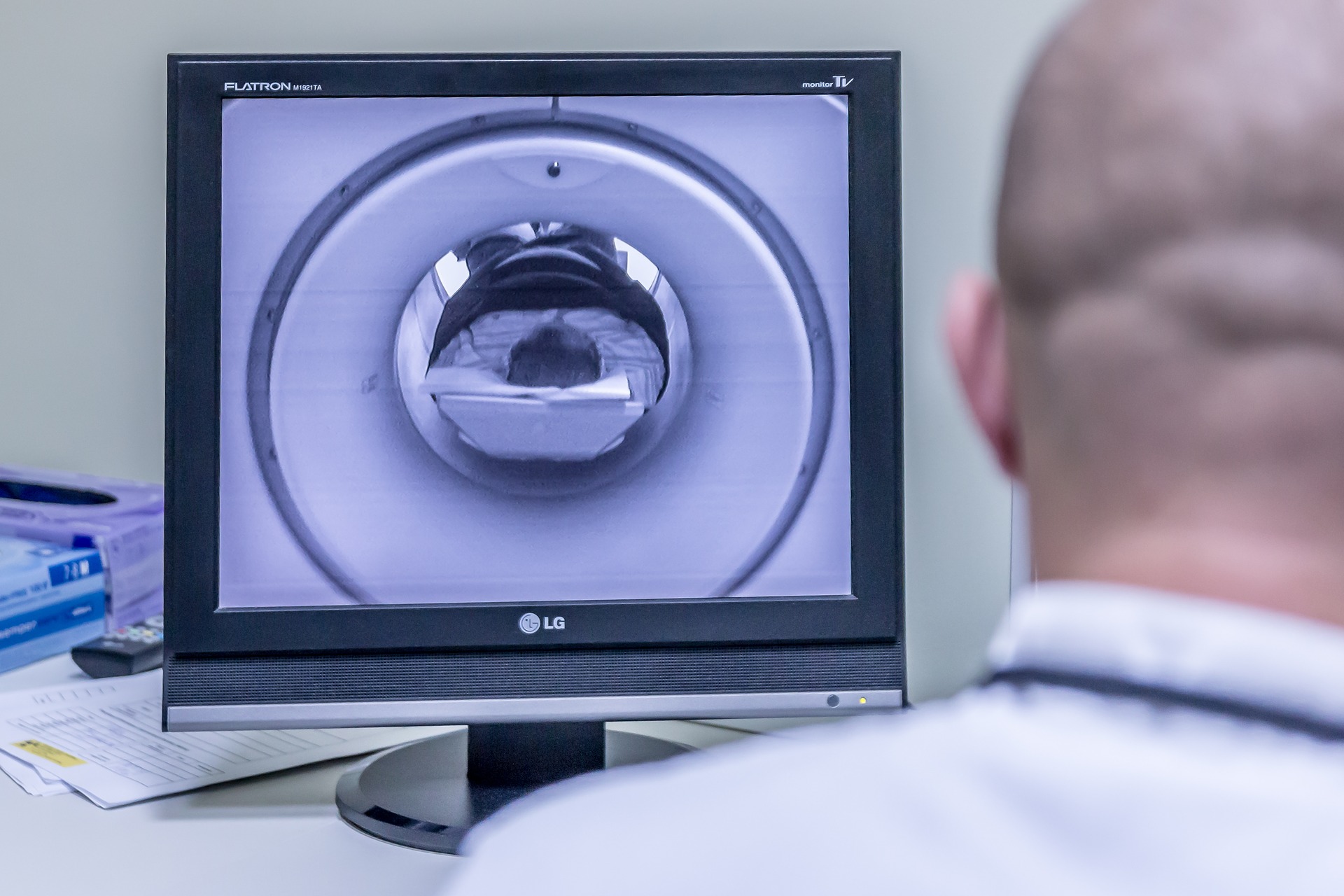
When walking into a room for the first time and seeing an MRI machine up close, it’s common to have a million and one questions going through your head. They are intimidating to look at, and it’s perfectly normal to be nervous, even when you’ve been talked through the process, and your doctor has told you what to expect.
Still though, most people tend to lack basic knowledge around MRI scans and what the process involves. Let’s take a look at what everyone should know about getting an MRI, and why it is such a simple & helpful imaging tool for doctors.
Knowing what an MRI scan does
Ask anyone what they think MRIs do, and you will be able to get a rough answer involving image in and maybe a mention of radio waves. It’s common to get MRIs confused with other methods like X-rays and CT scans.
The acronym means magnetic residence imagine. When someone has an MRI taken the scan is using magnets and radio waves to develop a sharp image of the inside of the body.
Knowing why MRIs are used
So why exactly would an MRI be the best option, and why would a doctor insist on getting one? Truth be told, MRIs provide a means for doctors to have high-quality images of specific areas of the body, especially when looking at organs and tissue.
It’s best to think of an MRI machine as a 3D scanner. While something like an x-ray will show a 2D image/photograph of the inside of the body, an MRI can move around and look at exact areas in a reasonable degree of detail.
Knowing that it is intensive
People who have trouble sitting still for long periods, or anyone who thinks they’re claustrophobic, can often have a hard time sitting in an MRI machine. Even though a patient is in a big room, once they’re lying down inside the “doughnut”, they can’t see around them.
And with having to remain still for anywhere from 10 to 40 minutes, it can make for quite an intense experience.
Knowing that MRIs are not harmful

The biggest worry people have when getting an MRI is the belief that the scan can be harmful. This is not true. MRIs only use radio waves, whereas CT Scans and x-rays use very low levels of radiation To produce images.
Knowing that MRIs are painless
Apart from the possibility of feeling dizzy when the scan is focussed on the head, patients shouldn’t expect to feel any pain or sickness during their MRI. The only side-effect which sometimes happens is if a patient has to have dye injected, and they start to get a metallic taste in the mouth after the scan.
Knowing that there are some limitations
In an ideal world, anyone would be able to use an MRI machine, but those with implants like pacemakers or metal sadly can’t have an MRI. There are also the limiting factors of being able to pick up on bone problems and some tumours as MRIs aren’t as good at scanning dense material (something which CT scans and X-Rays can).
Find out more about MRI scans
Much of the information on this page has been made possible thanks to the incredible work carried out by OneWelbeck Imaging & Diagnostics, a leading imaging centre in the UK which provides patients with access to new imaging technology. Their MRI machines use different magnetic field strengths to get the best scans possible.
Find out more about similar health topics
Keep up to date with all the latest health care posts on the blog here, with recent articles on the process of Dialysis and how health care is responding to Covid-19. Read more at 5homestyle and activemyhome

